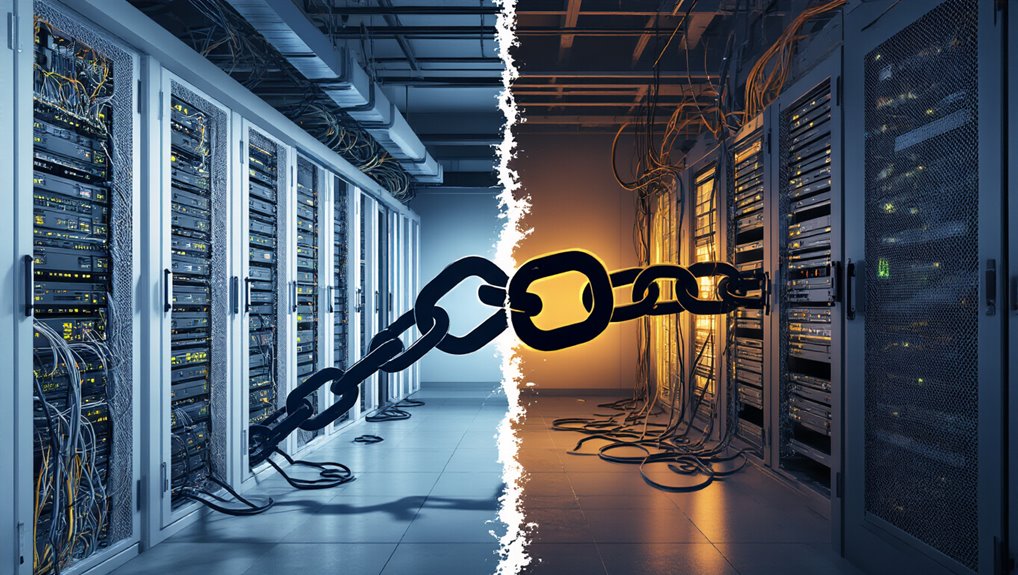As artificial intelligence technologies rapidly transform the cybersecurity landscape, organizations face both unprecedented opportunities and emerging challenges in their security postures. The rush to implement AI and cloud solutions often outpaces security considerations, creating significant vulnerabilities. Research shows that ungoverned AI deployments correlate with higher breach likelihood and increased costs when incidents occur, making proper implementation essential.
Organizations embracing AI-powered security tools gain substantial advantages. AI enhances zero trust models with real-time context-awareness, factoring in device health, geolocation, and user behavior for access decisions. These systems can detect abnormal login behaviors and enforce dynamic risk-based authentication that continuously adapts to changing threats. The speed advantage is clear – AI can reduce incident response times by up to 70% in high-risk sectors like energy. The cybersecurity market for AI solutions is projected to exceed 230 billion dollars by 2032.
AI-powered security delivers real-time protection, cutting incident response by 70% while enabling adaptive authentication based on continuous risk assessment.
However, the same technology creates new attack vectors. Generative AI phishing, voice deepfakes, and prompt hijacking enable sophisticated social engineering attacks. More concerning, 53% of organizations acknowledge being unprepared for these new attack surfaces. Attackers leverage AI to discover zero-day vulnerabilities faster and create sophisticated malware before patches become available. Despite these challenges, the average cost of data breaches has seen a 9% decrease from previous years, suggesting effective AI security implementation can provide financial benefits. Implementing robust API management platforms can significantly reduce security vulnerabilities that arise from complex integrations between AI systems and existing infrastructure.
To balance progress with security, follow these steps:
- Implement AI governance policies before deployment to prevent shadow AI misuse.
- Maintain human oversight of AI security systems to prevent erroneous blocking of legitimate users.
- Deploy AI-driven adaptive MFA systems that reduce friction while enhancing security.
- Utilize AI tools for automated breach simulations to identify vulnerabilities efficiently.
- Protect AI training data from poisoning attacks that degrade model reliability.
The most effective approach combines AI capabilities with human expertise. AI excels at processing vast data volumes and identifying anomalies, while humans provide contextual understanding and judgment. This partnership creates a more resilient security posture that can keep pace with technological advancement without compromising protection.
Remember that security should never be sacrificed for innovation speed – they must advance together.









